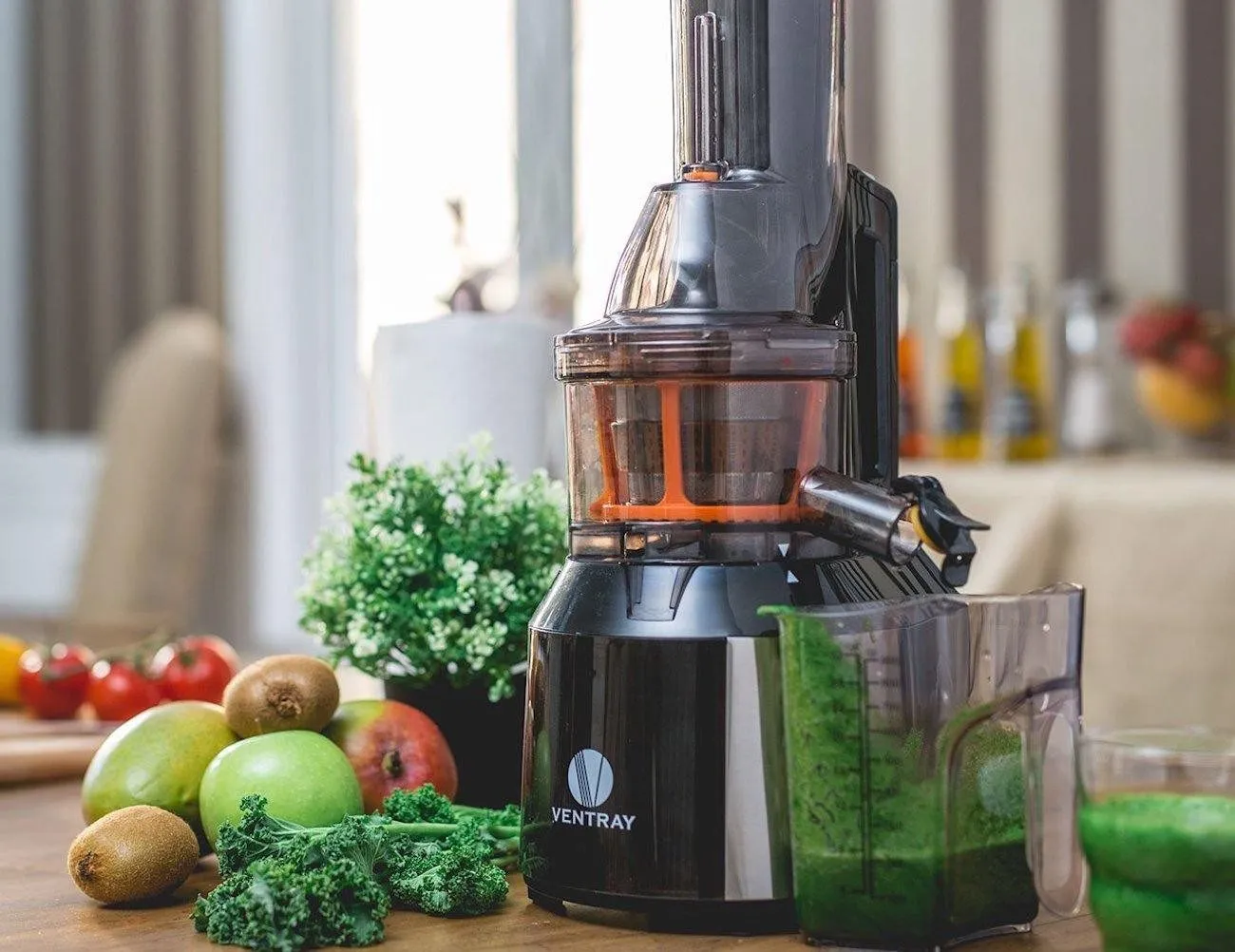

Articles
What Is A Masticating Juicer?
Modified: March 25, 2024
Discover the benefits of using a masticating juicer and how it compares to other types of juicers. Read informative articles on juicing and find the right juicer for your needs.
(Many of the links in this article redirect to a specific reviewed product. Your purchase of these products through affiliate links helps to generate commission for Storables.com, at no extra cost. Learn more)
Introduction
Welcome to the world of juicing! If you’re looking to enhance your health and incorporate more fresh fruits and vegetables into your diet, then investing in a juicer is a wise choice. While there are several types of juicers available in the market, one that stands out for its efficiency and health benefits is the masticating juicer.
In this article, we’ll explore what a masticating juicer is, how it works, and the numerous benefits it offers. We’ll also discuss the different types of masticating juicers available, important factors to consider when choosing one, as well as tips for using and maintaining your juicer.
So, if you’re ready to dive into the world of juicing and unleash the power of fresh fruits and vegetables, let’s get started!
Key Takeaways:
- Masticating juicers operate at a slow speed, preserving vital nutrients and producing high-quality, nutrient-dense juice with a longer shelf life. Their versatility and quiet operation make them a popular choice for health-conscious individuals.
- When choosing a masticating juicer, consider factors such as speed, power, construction, and price. Different types of masticating juicers are available, each with unique benefits and limitations, so finding the right one for your lifestyle and juicing needs is essential.
Read more: What Is The Best Masticating Juicer
Definition of a Masticating Juicer
A masticating juicer, also known as a slow juicer or cold press juicer, is a type of juicer that operates at a slower speed compared to centrifugal juicers. It derives its name from the process of mastication, which refers to the chewing or grinding motion it uses to extract juice from fruits and vegetables.
This type of juicer utilizes a single auger or gear that rotates at a slow speed, typically between 40 and 80 revolutions per minute (RPM). As the produce is fed into the juicer, the auger crushes, grinds, and squeezes the pulp to extract the juice. The pulp then gets separated from the juice, resulting in a smooth and nutrient-rich liquid.
One distinguishing feature of a masticating juicer is its gentle and slow extraction process. Unlike centrifugal juicers that generate heat and can oxidize the juice, a masticating juicer operates at a low RPM, ensuring minimal heat buildup. This slow process helps preserve the nutrients, enzymes, and antioxidants present in the fruits and vegetables, resulting in juice that is not only nutrient-dense but also has a longer shelf life.
Masticating juicers are versatile and can handle various types of produce, including leafy greens, wheatgrass, root vegetables, and even nuts and seeds. Their ability to extract juice from a wide range of ingredients makes them a popular choice for individuals who are looking to incorporate a variety of nutrients into their diets.
Next, we’ll explore how a masticating juicer works and why its unique operation sets it apart from other juicer types.
How Does a Masticating Juicer Work?
Understanding how a masticating juicer works is key to appreciating its benefits. Unlike other juicers that rely on high-speed spinning blades, a masticating juicer operates using a slow and methodical process.
When you feed fruits or vegetables into a masticating juicer, the auger or gear inside slowly rotates and grinds the produce against a mesh screen or filter. This process breaks down the cell walls of the produce, releasing the juice contained within. The resulting pulp is then squeezed and extracted, while the juice passes through the filter and into a separate container.
One of the main advantages of this low-speed extraction process is that it minimizes heat production. Heat can destroy some of the vitamins, minerals, and enzymes found in fresh produce, which is why centrifugal juicers are known to produce juice with a shorter shelf life. The slow grinding and squeezing action of a masticating juicer preserve these vital nutrients, ensuring that you get the maximum health benefits from your juice.
Another benefit of the slow extraction process is the increased juice yield. Masticating juicers are highly efficient in extracting juice, leaving behind very dry pulp. This means you get more juice from the same amount of produce, ultimately saving you money in the long run.
In addition to fruits and vegetables, masticating juicers are also capable of processing leafy greens and wheatgrass. The slow grinding action of the juicer effectively breaks down the tough fibers found in these types of produce, extracting every drop of juice and ensuring you get the maximum nutritional value.
Now that we’ve covered the inner workings of a masticating juicer, let’s explore the numerous benefits it offers.
Benefits of Using a Masticating Juicer
Using a masticating juicer can have a profound impact on your health and overall well-being. Let’s take a closer look at some of the key benefits.
- Retains Nutritional Value: The slow and gentle extraction process of a masticating juicer helps preserve the essential nutrients, enzymes, and antioxidants present in fruits and vegetables. This means you can enjoy juice that is rich in vitamins, minerals, and other beneficial compounds to support your overall health.
- Higher Juice Yield: Masticating juicers are known for their high juice yield. The slow grinding and squeezing action effectively extracts every drop of juice from the produce, leaving behind dry pulp. This means you get more juice from the same amount of fruits and vegetables, maximizing your investment and reducing food waste.
- Versatility: Masticating juicers excel at handling a wide range of produce, including leafy greens, wheatgrass, and even nuts and seeds. This versatility allows you to experiment with different flavors and incorporate a variety of nutrients into your juices.
- Longer Shelf Life: Due to the minimal oxidation caused by the slow extraction process, juices made with a masticating juicer have a longer shelf life compared to those made with centrifugal juicers. This means you can prepare larger batches of juice and store them for later consumption without worrying about loss of nutrients or taste.
- Quiet Operation: Unlike centrifugal juicers that produce a loud noise, masticating juicers operate quietly. This is ideal for those who prefer a peaceful juicing experience, especially in the mornings or when others are nearby.
- Easy to Clean: Cleaning a juicer can be a hassle, but masticating juicers are generally easier to clean compared to other types. Most parts are dishwasher safe, and the slow rotation speed reduces the likelihood of pulp and debris becoming stuck.
- Less Foam and Oxidation: Masticating juicers produce juice with minimal foam and oxidation. This results in a smoother and more visually appealing juice, while also ensuring that the flavor and nutritional quality remain intact.
By incorporating a masticating juicer into your daily routine, you can enjoy these incredible benefits and take a big step towards improving your health and well-being.
Types of Masticating Juicers
Masticating juicers come in various designs and configurations to suit different juicing needs and preferences. Let’s explore the different types of masticating juicers available on the market:
- Horizontal Masticating Juicers: Horizontal masticating juicers feature a design where the auger rotates horizontally. These juicers are known for their versatility and ability to handle a wide range of produce, including leafy greens, fruits, and vegetables. They typically have a larger footprint and take up more counter space, but they often come with additional features like pasta making or food processing capabilities.
- Vertical Masticating Juicers: Vertical masticating juicers have a more compact design, with the auger rotating vertically. These juicers are a great space-saving option, as they take up less space on your countertop. They are efficient at juicing a variety of ingredients and are particularly well-suited for leafy greens. Some vertical masticating juicers also come with attachments for making sorbets or nut butter.
- Twin-Gear Masticating Juicers: Twin-gear masticating juicers, also known as triturating juicers, are the most advanced and efficient type of masticating juicers. They feature two interlocking gears that rotate in opposite directions, mimicking the process of human teeth crushing and grinding. Twin-gear juicers are incredibly effective at extracting every drop of juice from fruits and vegetables, resulting in a high juice yield. They are perfect for juicing dense and fibrous produce like wheatgrass, celery, and beetroot.
Each type of masticating juicer has its own benefits and limitations, so it’s important to consider your juicing needs, available space, and budget when choosing the right one for you.
Read also: 9 Amazing Masticating Juicer for 2024
Factors to Consider When Choosing a Masticating Juicer
When it comes to choosing a masticating juicer, there are several factors to consider to ensure you find the perfect juicer that meets your needs and preferences. Here are some essential factors to keep in mind:
- Speed and Power: Look for a masticating juicer with a slow rotation speed (RPM) as this helps preserve the nutrients and minimize oxidation. Additionally, consider the power of the motor to ensure it can handle the types of produce you plan to juice.
- Construction and Durability: Opt for a juicer that is made of high-quality, durable materials. Stainless steel or BPA-free plastic are common choices. A sturdy construction ensures the juicer can withstand frequent use and last for years to come.
- Juice Yield: Consider the juice yield of the juicer. Look for one that extracts juice efficiently, leaving behind minimal pulp. A higher juice yield means you get more juice from the same amount of produce, reducing waste and maximizing your investment.
- Feed Tube Size: The size of the feed tube is important as it determines the amount of prep work required. A wider feed tube allows you to insert larger pieces of produce, reducing the need for extensive chopping and cutting.
- Noise Level: If you prefer a quiet juicing experience, consider juicers that operate at low decibel levels. This is especially important if you plan to juice early in the morning or in shared living spaces.
- Ease of Cleaning: Cleaning a juicer can be time-consuming, so look for one that is easy to disassemble, with dishwasher-safe parts. Additionally, check if the juicer comes with a cleaning brush to help remove pulp and debris.
- Size and Storage: Consider the size of the juicer and the available space in your kitchen. If you have limited counter space, a compact or vertical juicer might be more suitable. Also, check if the juicer has a cord storage feature to keep your countertop tidy.
- Price and Warranty: Set a budget for your juicer purchase and compare prices across different models. Additionally, look for juicers that come with a warranty to protect your investment.
By carefully considering these factors, you can find a masticating juicer that fits your lifestyle and juicing needs perfectly.
When using a masticating juicer, be sure to cut your produce into smaller pieces to ensure a smoother juicing process and better extraction of nutrients.
Tips for Using a Masticating Juicer
Using a masticating juicer may seem straightforward, but there are a few tips and tricks that can help you get the most out of your juicer and ensure a smooth juicing experience. Here are some useful tips to keep in mind:
- Preparation: Clean your fruits and vegetables thoroughly before juicing. Remove any stickers, tough stems, or seeds to avoid damaging the juicer or affecting the taste of the juice.
- Chopping: While masticating juicers can handle larger pieces of produce, it’s best to cut harder fruits and vegetables into smaller chunks. This will help the juicer extract the juice more efficiently and prevent clogging.
- Alternate Ingredients: If you’re juicing a variety of ingredients, alternate between soft and hard produce. This helps keep the juicer running smoothly and prevents the pulp from building up. For example, juice a leafy green like spinach followed by a carrot or apple.
- Slow and Steady: Feed the produce into the juicer slowly and steadily. Avoid pushing too hard as it can strain the motor. Let the juicer do the work and allow the juice to flow naturally.
- Better Yield: To extract the maximum amount of juice, you can run the pulp through the juicer a second time. This helps ensure that all the juice is extracted, resulting in a higher juice yield.
- Mixing Flavors: Feel free to experiment and mix different fruits and vegetables to create unique flavor combinations. Citrus fruits like oranges or lemons can add a refreshing zing to your juice, while ginger or mint can add a touch of freshness.
- Layering Greens: If you’re juicing leafy greens, such as kale or spinach, try layering them between harder fruits or vegetables. This helps prevent the greens from getting stuck and ensures that they get fully juiced without any blockages.
- Enjoy Fresh: To fully enjoy the nutritional benefits and freshness of your juice, consume it immediately after juicing. The longer the juice sits, the more it can oxidize, potentially affecting its taste and nutrient content.
- Clean Immediately: To make cleanup easier, rinse the parts of the juicer immediately after use. If you can’t clean it right away, soak the parts in warm soapy water to prevent the pulp from drying and sticking to the juicer.
- Explore Recipes: Don’t limit yourself to simple fruit and vegetable combinations. Explore juicing recipes online or in juicing books to discover new and exciting flavors. You can also add spices, herbs, or superfood powders to further enhance the nutritional value of your juice.
By following these tips, you can make the most of your masticating juicer and enjoy delicious and nutritious juices every time!
Cleaning and Maintenance of a Masticating Juicer
Cleaning and maintaining your masticating juicer are essential for ensuring its longevity and optimal performance. Here are some tips to help you properly clean and maintain your juicer:
- Unplug the Juicer: Before cleaning your juicer, always ensure it is unplugged from the power source to prevent any accidents or injuries.
- Disassemble the Juicer: Start by disassembling the juicer according to the manufacturer’s instructions. Separate the parts that come into contact with the produce, such as the auger, strainer, and juice container.
- Rinse the Parts: Rinse the disassembled parts under warm running water to remove any residual pulp or juice. Use a soft brush, such as a toothbrush, to scrub away any stubborn pulp or debris from the mesh screens or filters.
- Soak in Soapy Water: Fill a sink or basin with warm water and a mild, non-abrasive dish soap. Submerge the disassembled parts in the soapy water and let them soak for a few minutes to loosen any remaining residue.
- Scrub and Rinse: Use the soft brush to scrub the parts gently, paying extra attention to areas with pulp buildup. Rinse each part thoroughly under running water to remove any soap residue.
- Dry Completely: After rinsing, dry each part thoroughly with a clean towel or leave them to air dry. Ensure that all parts are completely dry before reassembling the juicer to prevent any moisture-related issues.
- Wipe the Motor Base: Use a damp cloth to wipe the motor base of the juicer. Avoid submerging the motor base in water or using abrasive cleaners, as this can damage the electronic components.
- Regular Maintenance: To keep your masticating juicer in optimal condition, it is recommended to follow the manufacturer’s instructions for regular maintenance. This may include lubricating the moving parts or periodically checking for any wear and tear.
- Clean Immediately: It is best to clean your juicer immediately after each use. This prevents the pulp from drying and sticking, making the cleaning process easier and more efficient.
- Store Properly: When not in use, store your masticating juicer in a dry and clean environment. Keep all the parts together to prevent misplacement and ensure that the juicer is ready for use whenever you need it.
By following these cleaning and maintenance tips, you can keep your masticating juicer in prime condition, prolong its lifespan, and enjoy fresh and nutritious juices for years to come.
Comparison Between Masticating and Centrifugal Juicers
When it comes to juicers, two popular options are masticating juicers and centrifugal juicers. Both types have their own unique features and benefits. Let’s compare the two to help you make an informed decision:
Read also: 14 Best Breville Masticating Juicer for 2024
Masticating Juicers:
- Extraction Process: Masticating juicers operate at a slow speed, using a grinding and squeezing action to extract juice from produce. The slow process preserves nutrients, minimizes oxidation, and produces a higher quality juice.
- Efficiency: Masticating juicers are highly efficient in extracting juice, resulting in a higher juice yield compared to centrifugal juicers. They can extract juice from a variety of ingredients, including leafy greens and wheatgrass.
- Retained Nutrients: Due to the low-speed extraction process, masticating juicers retain more nutrients, enzymes, and antioxidants in the juice. The juice also has a longer shelf life without significant loss in quality.
- Silent Operation: Masticating juicers operate quietly, making them suitable for early mornings or shared living spaces.
- Versatility: Masticating juicers can handle a wide range of produce, including fruits, vegetables, leafy greens, and even nuts and seeds.
- Price: Masticating juicers tend to be more expensive than centrifugal juicers, primarily due to their advanced technology and higher juice yield.
Centrifugal Juicers:
- Extraction Process: Centrifugal juicers use high-speed spinning blades to extract juice from produce. The fast-spinning process produces quick results but generates more heat and oxidation, resulting in a lower quality juice.
- Speed: Centrifugal juicers operate at a much faster speed compared to masticating juicers, making them quicker in terms of juice extraction.
- Convenience: Centrifugal juicers often have larger feeding tubes, allowing for whole or larger pieces of produce to be juiced without much preparation needed.
- Price: Centrifugal juicers are generally more budget-friendly compared to masticating juicers.
- Noisier Operation: The high-speed spinning blades of centrifugal juicers produce more noise during operation.
Ultimately, the choice between a masticating juicer and a centrifugal juicer depends on your priorities and preferences. If you value juice quality, nutrient retention, quiet operation, versatility, and don’t mind a higher price, then a masticating juicer is a great option. On the other hand, if speed, convenience, and budget-friendliness are more important to you, a centrifugal juicer may be the better choice.
Consider your juicing needs, lifestyle, and the types of produce you plan to juice when making your decision. Whichever type of juicer you choose, incorporating fresh juices into your routine is a fantastic way to enhance your health and well-being.
Conclusion
Juicing has become increasingly popular as people seek to incorporate more fresh fruits and vegetables into their diets. When it comes to choosing a juicer, the masticating juicer stands out for its numerous benefits and unique features. Its slow extraction process, high juice yield, nutrient retention, versatility, and quiet operation make it a popular choice among health-conscious individuals.
A masticating juicer operates at a slow speed, using a grinding and squeezing action to extract juice from produce. This gentle process preserves the vital nutrients, enzymes, and antioxidants found in fruits, vegetables, and leafy greens, resulting in a nutrient-dense and flavorful juice. Its versatility allows you to experiment with a wide range of ingredients, while its high juice yield ensures you get the most out of your produce.
Compared to centrifugal juicers, masticating juicers produce higher quality juice with a longer shelf life. The slower extraction process minimizes oxidation and heat buildup, which can degrade the nutritional value and taste of the juice. Additionally, masticating juicers operate quietly, making them ideal for early mornings or shared living spaces.
When choosing a masticating juicer, consider factors such as speed and power, construction and durability, juice yield, ease of cleaning, and price. There are different types of masticating juicers available, including horizontal and vertical models, as well as twin-gear triturating juicers. By finding the right juicer that suits your lifestyle, juicing needs, and budget, you can enjoy the many benefits of fresh and nutritious juice on a daily basis.
Whether you’re new to juicing or a seasoned enthusiast, a masticating juicer is a valuable tool to have in your kitchen. It allows you to unlock the vibrant flavors and nutritional goodness of fruits and vegetables. So, invest in a masticating juicer, get creative with your ingredients, and start enjoying the health benefits and delicious taste of homemade juices. Cheers to a healthier and more vibrant you!
Frequently Asked Questions about What Is A Masticating Juicer?
Was this page helpful?
At Storables.com, we guarantee accurate and reliable information. Our content, validated by Expert Board Contributors, is crafted following stringent Editorial Policies. We're committed to providing you with well-researched, expert-backed insights for all your informational needs.
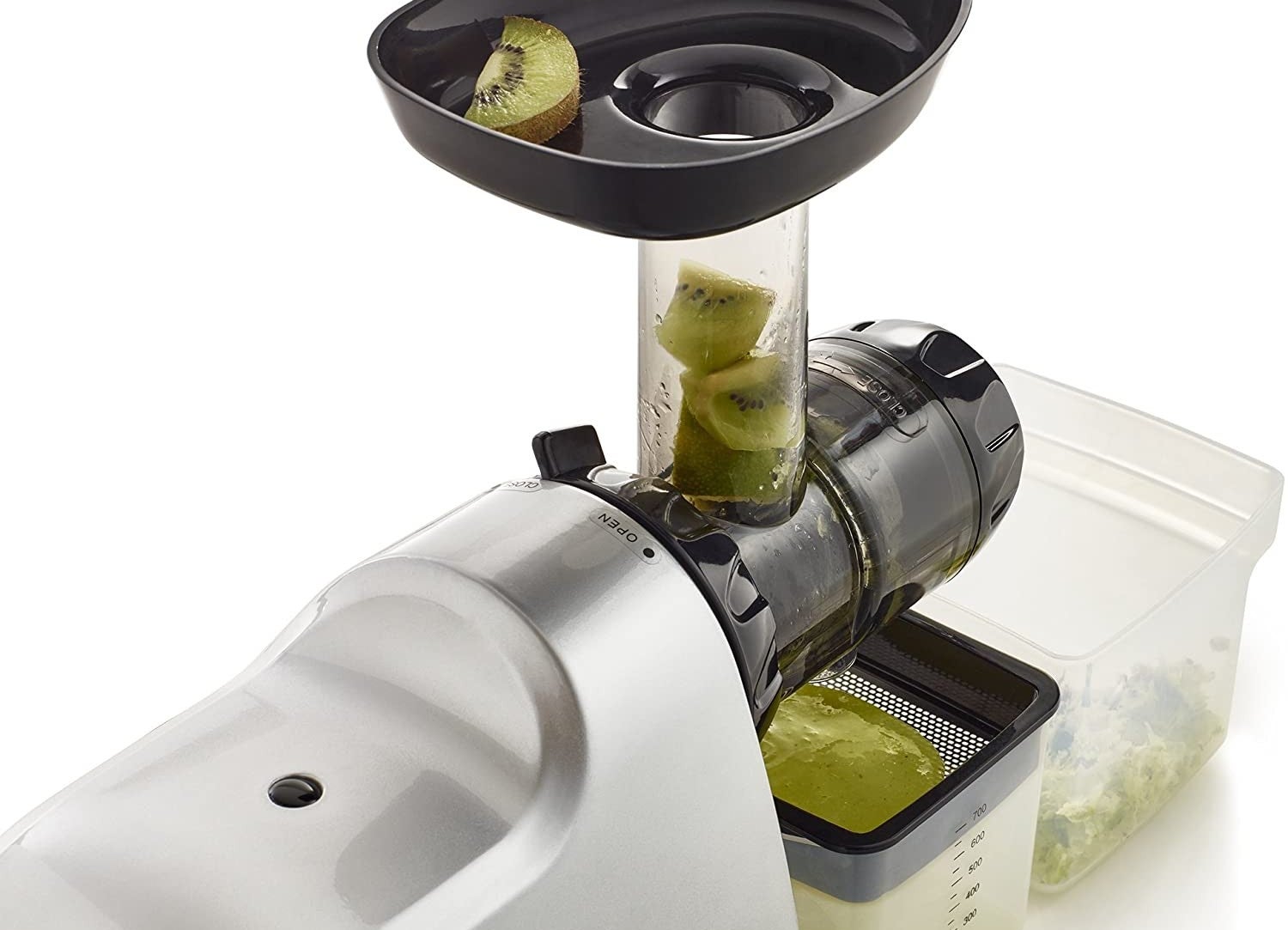
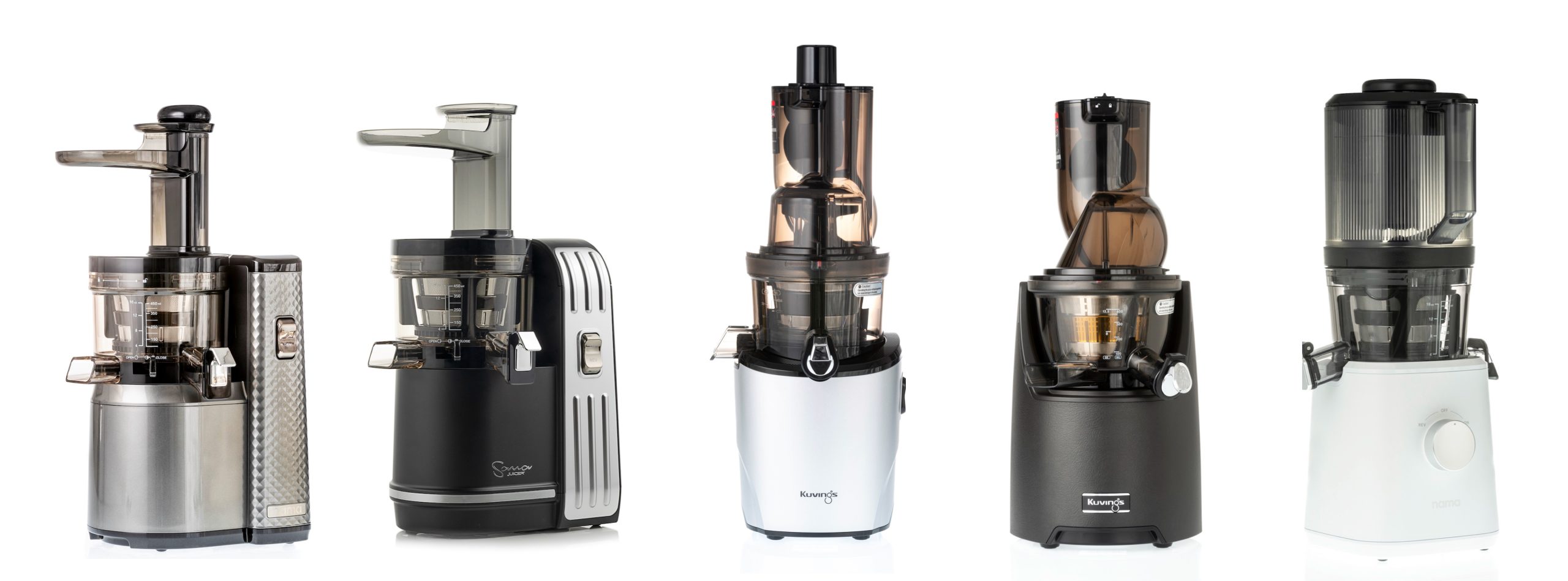
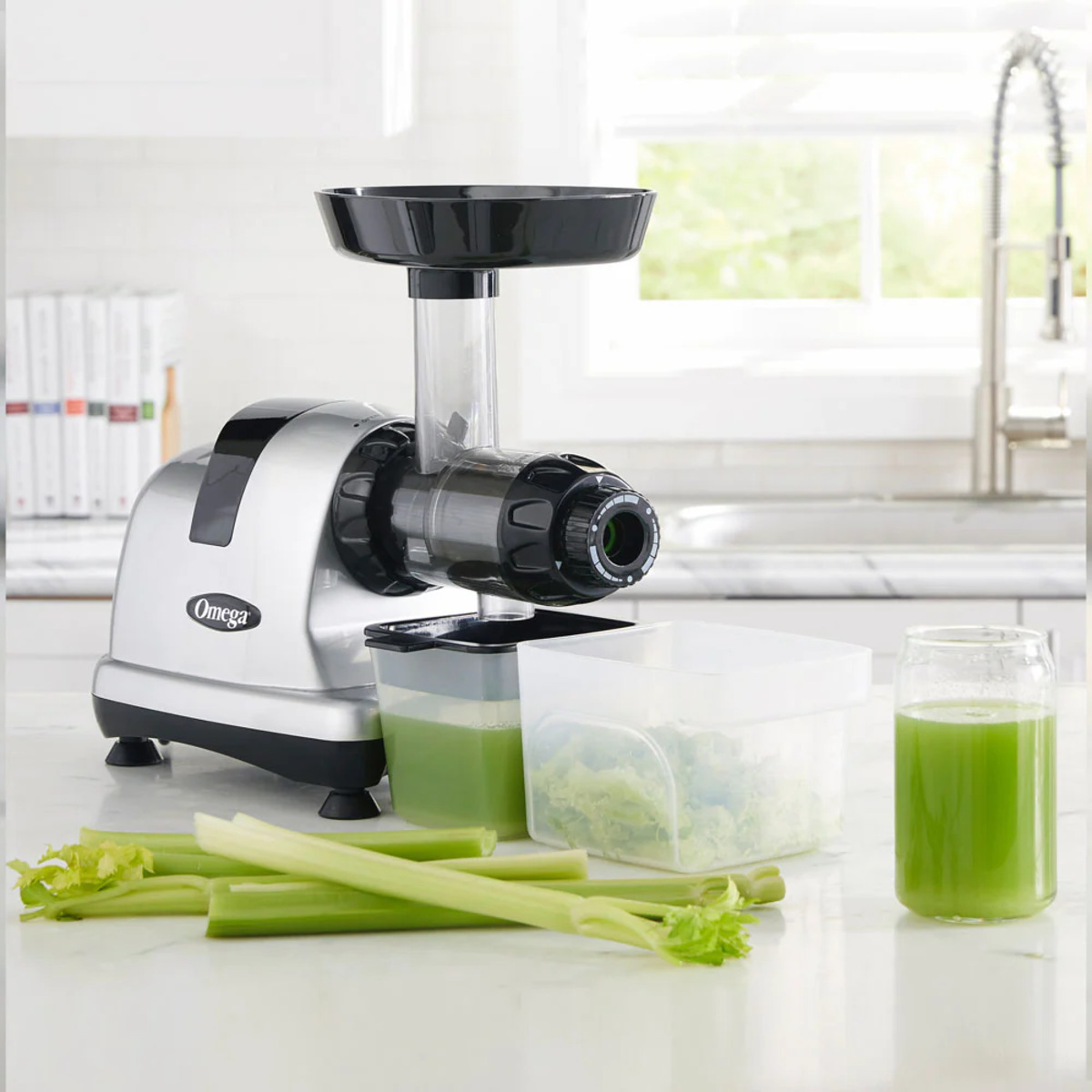
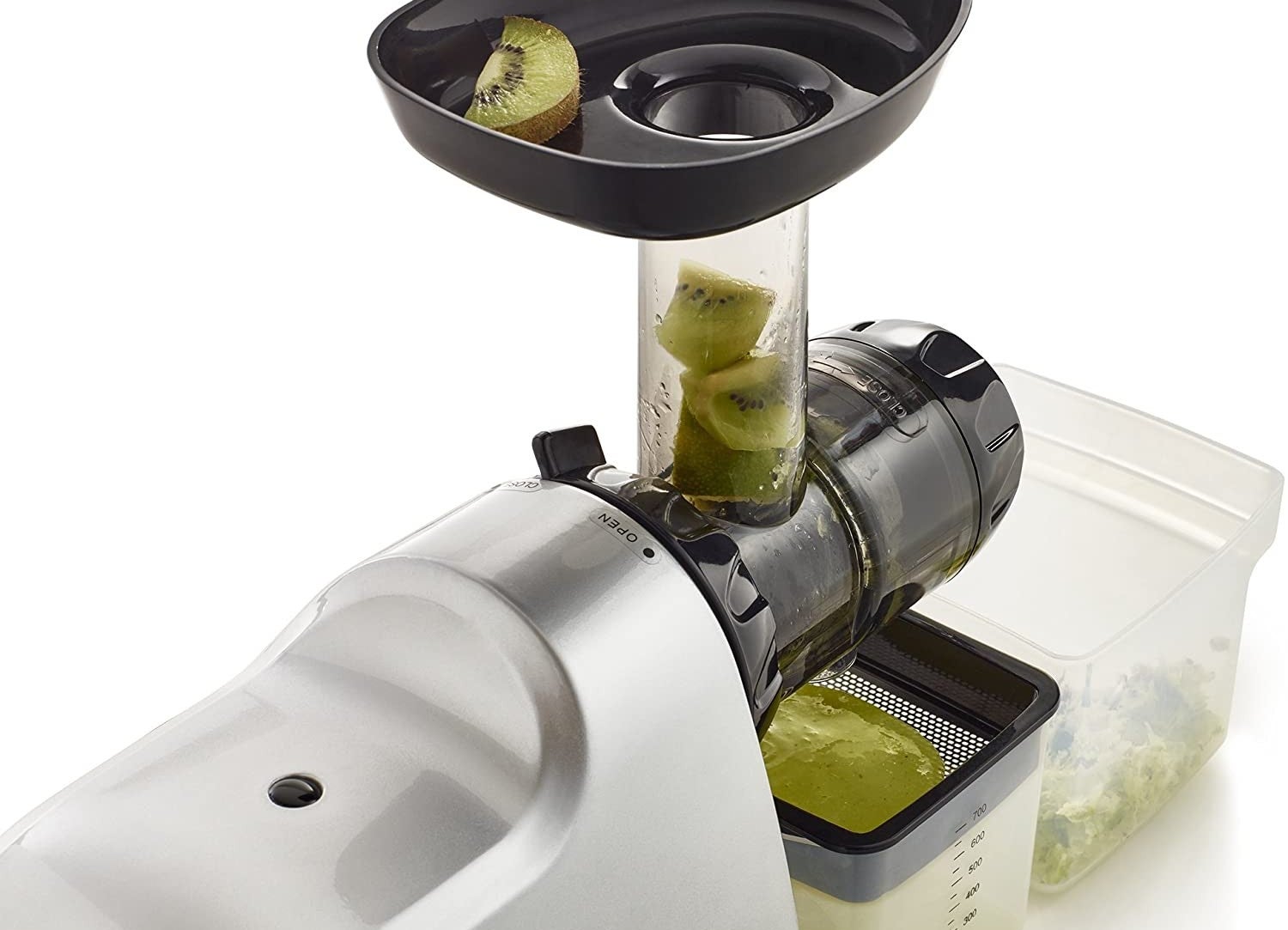
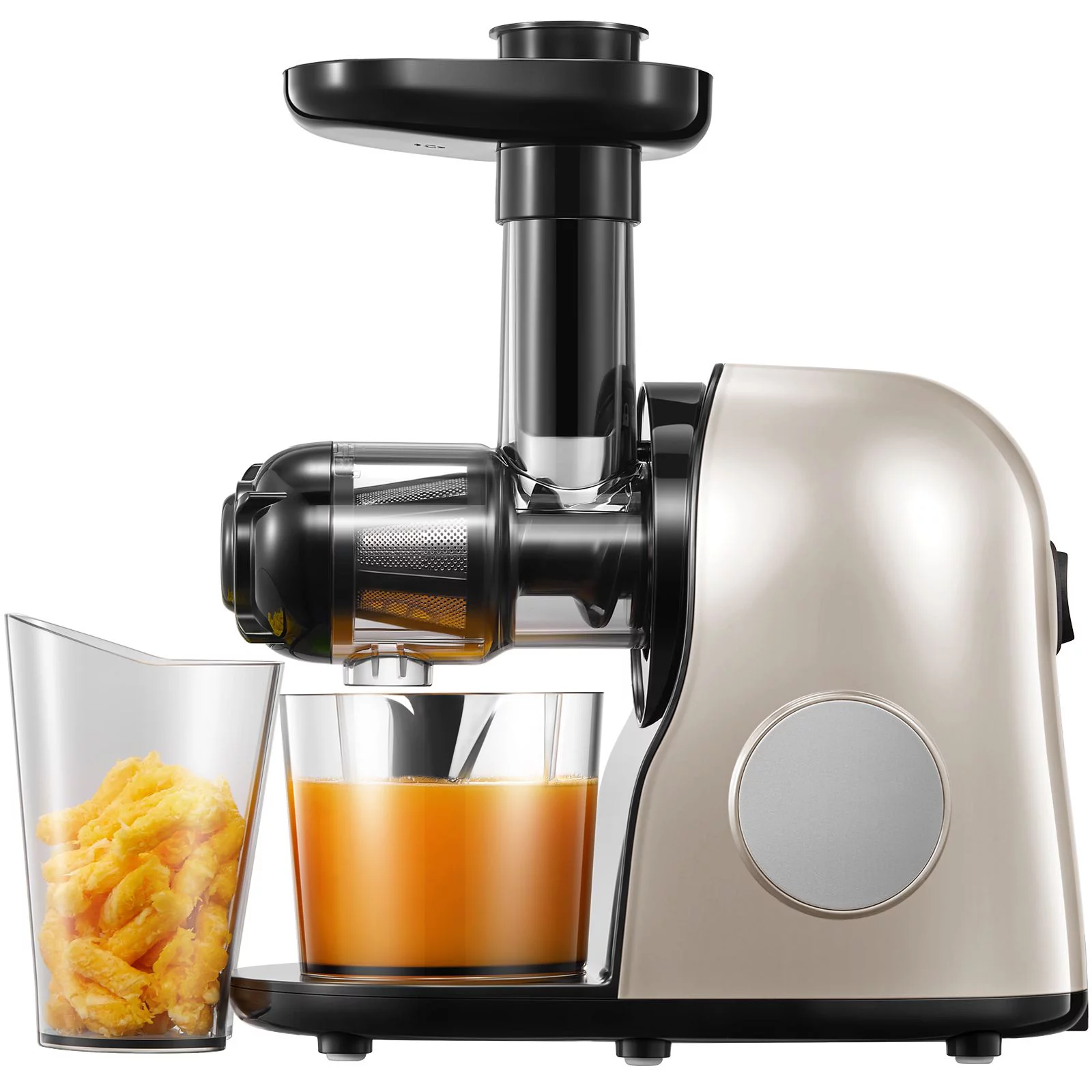
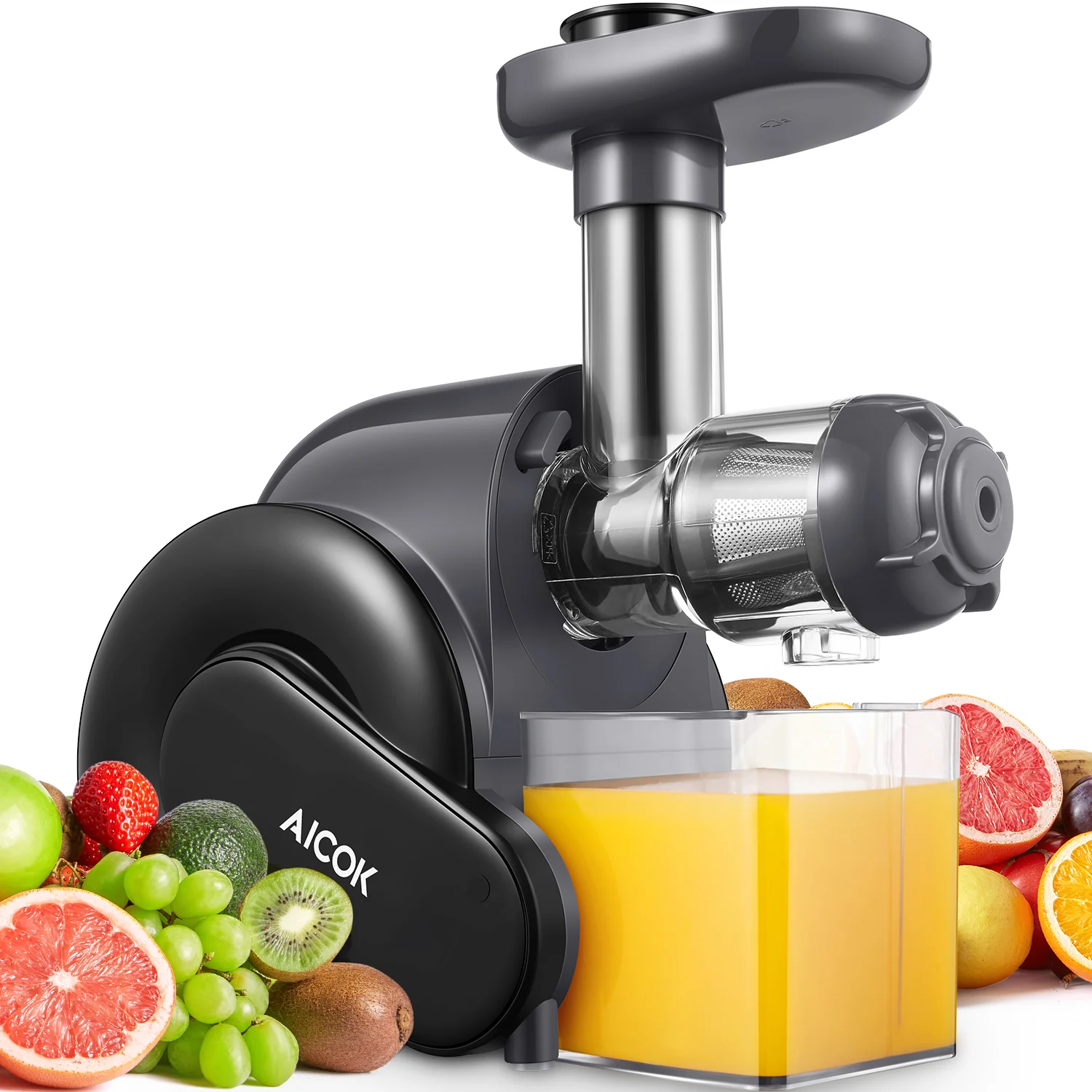
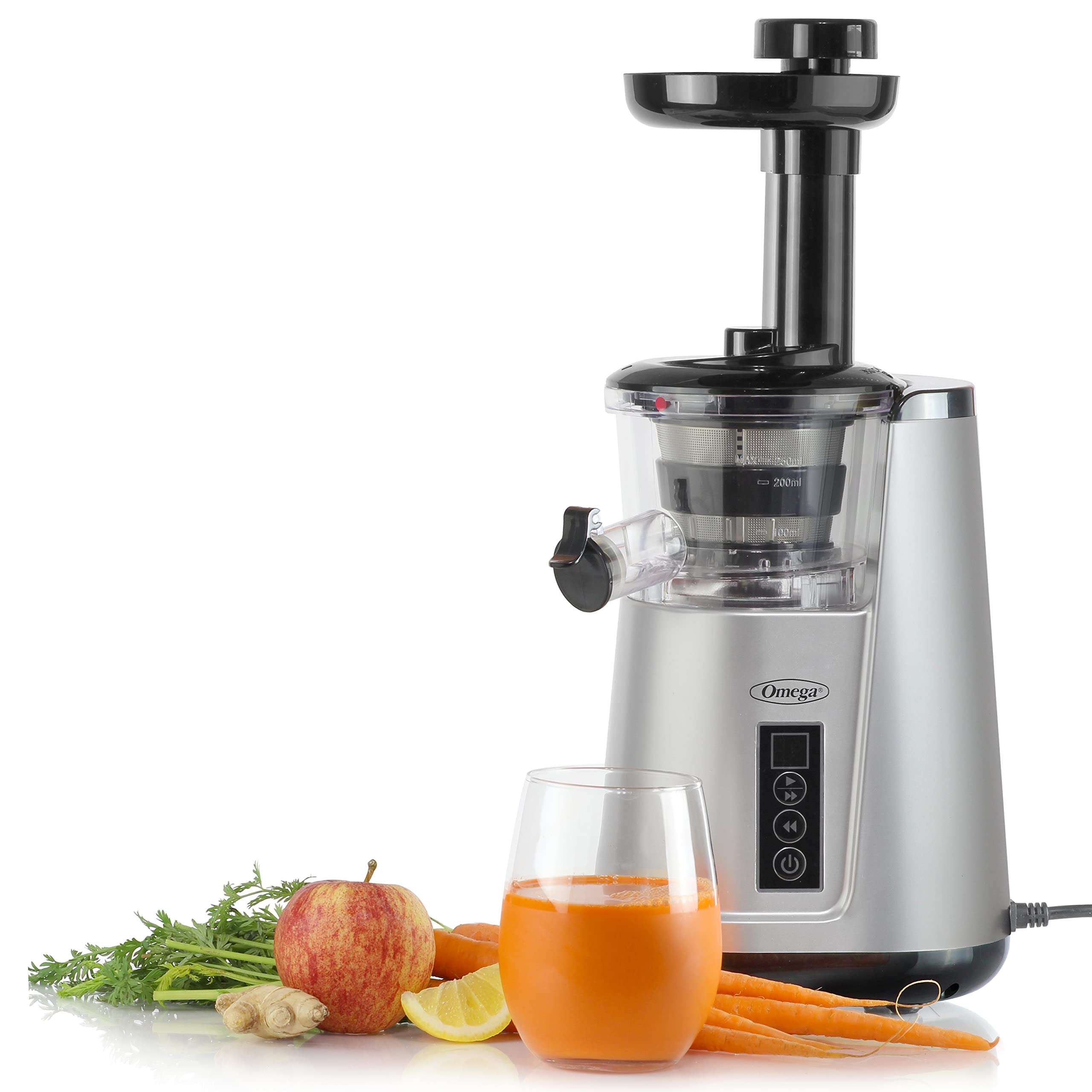
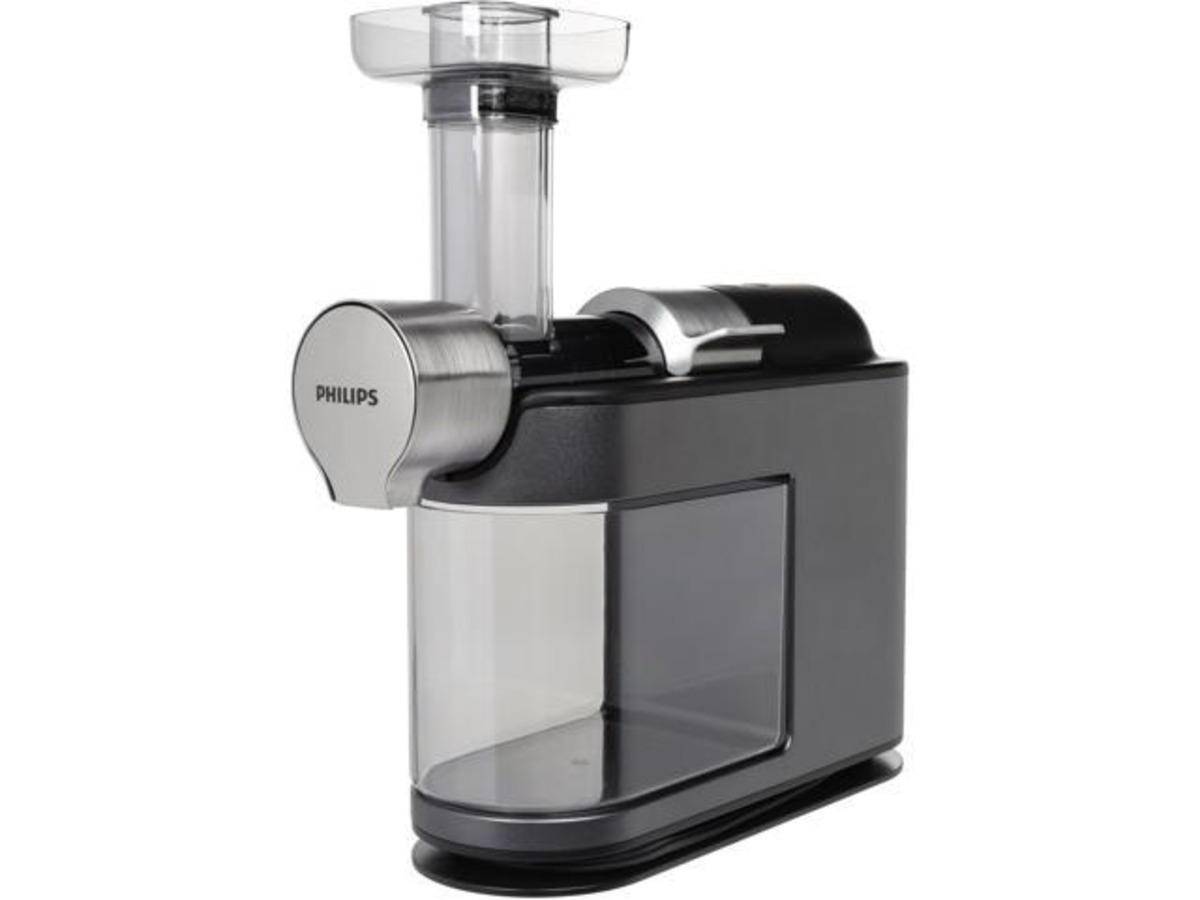
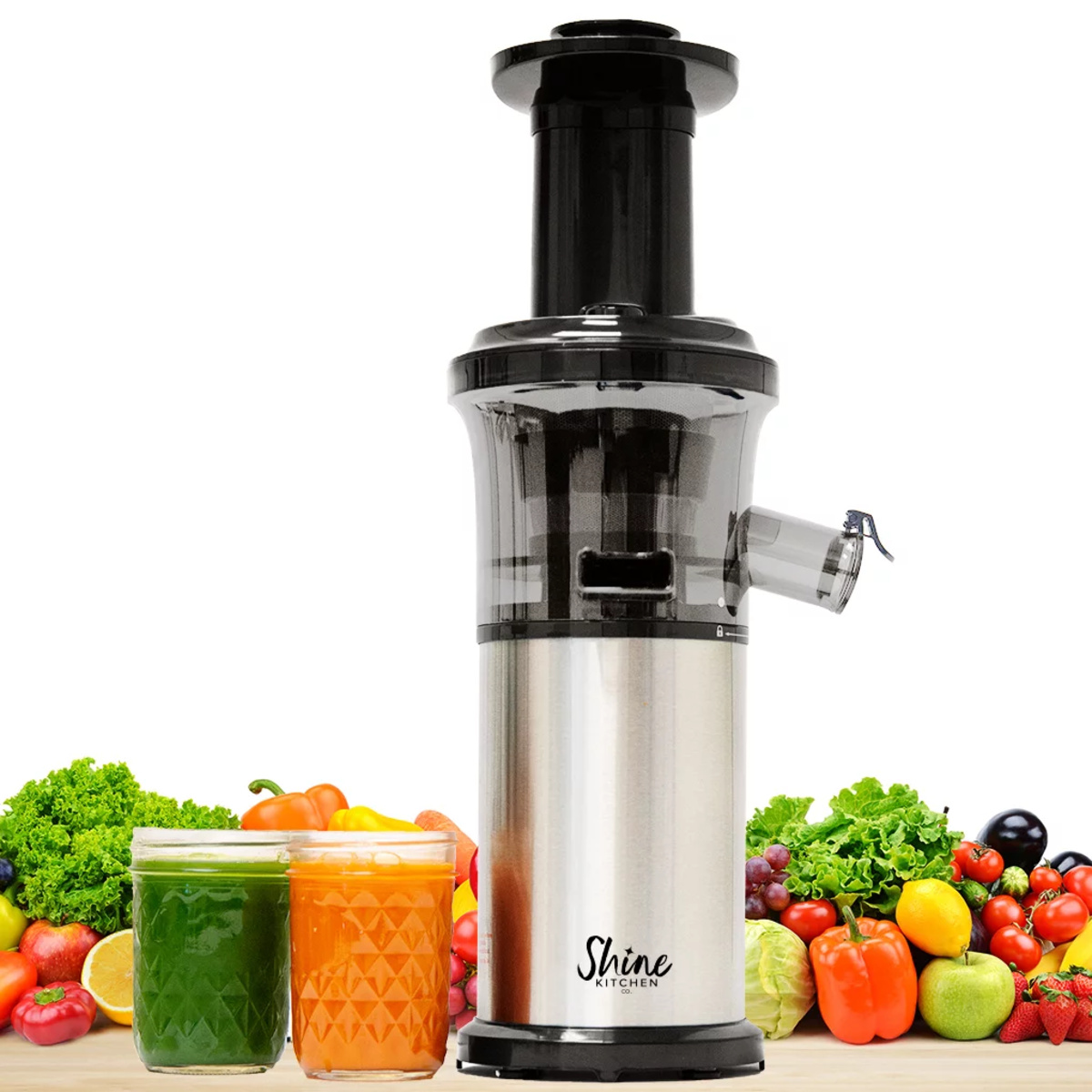
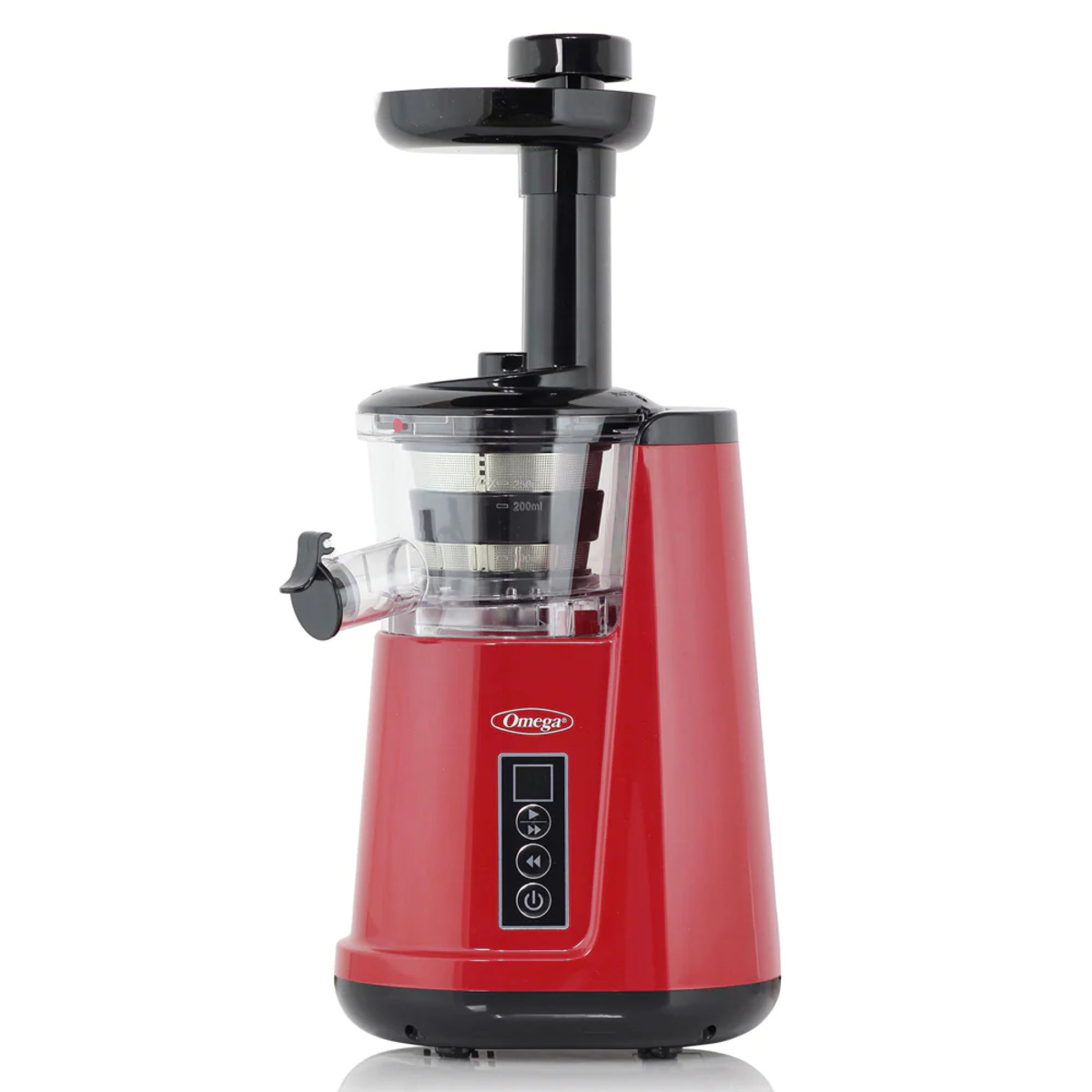
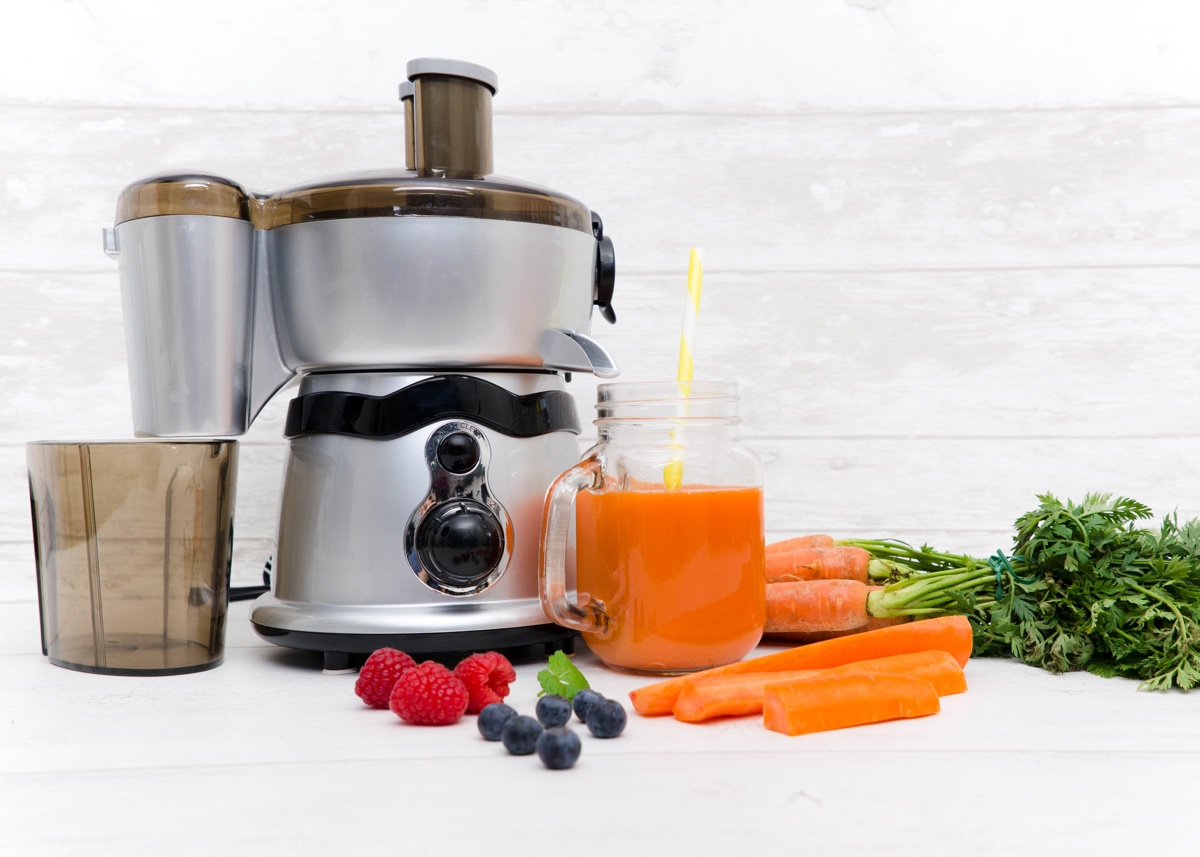
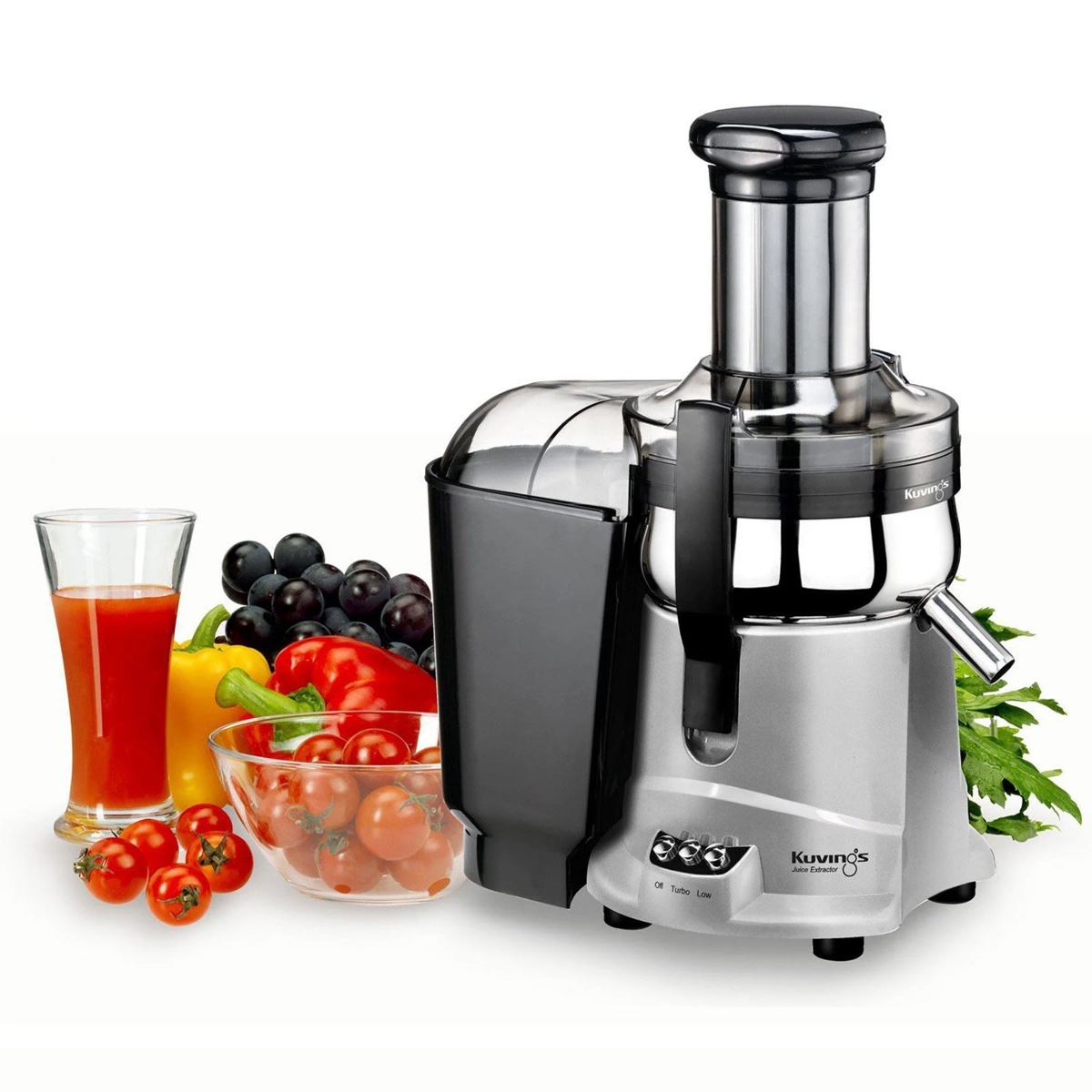


0 thoughts on “What Is A Masticating Juicer?”